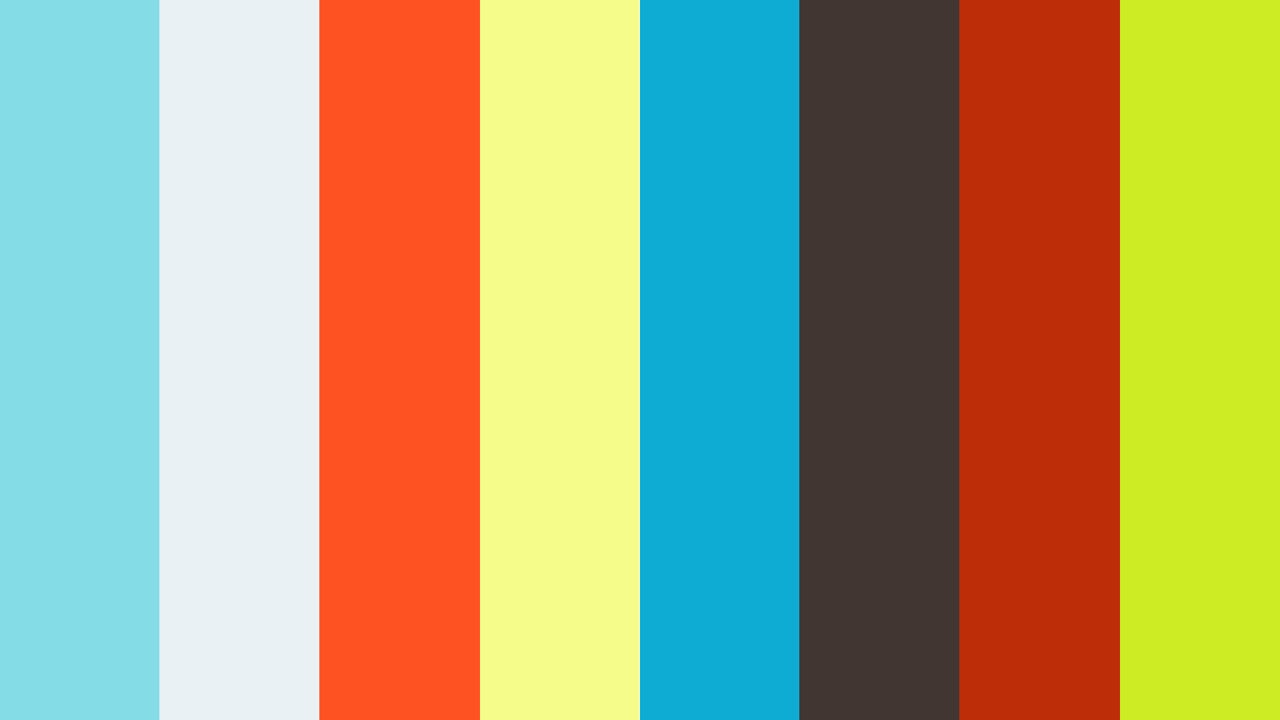

Choose your favorite look and you’re ready to go! Setup the lighting in your scene by choosing an automatically generated thumbnail in a number of environment lighting scenarios. V-Ray Vision enables you to speed up decision making and iterations by giving you the ability to: Now, you can explore a real-time view of your scene as you set up lights and cameras, and apply materials. Herewith users can stage any interior or exterior without the need to spend any time on geometry optimization or material setup-the Cosmos assets are always render-ready and deliver high-quality results.Ī real-time revelation for anyone working in Rhino or Grasshopper. Usually 5 is enough, but since we are rendering glass specifically, increase the depth to 12 for both reflections and refractions.The new curated 3D content library, Chaos Cosmos, brings essential assets from categories such as people, vehicles, plants, furniture and accessories. So to speed up calculations, you can control the depth of reflections and refractions that will be calculated by Vray. It's like when you're in between 2 mirrors facing each other, your reflection will be reflected in infinity. It's the same for reflections, when a reflection is reflected, and that one is again reflected and so on, this can go on forever.

For example in our scene, when you look through the upper part of the wineglass, you pass 4 surfaces (the glass has thickness, so there are 2 surfaces on each side of the glass). So vray will by default stop tracing rays when they effectively passed 5 surfaces. To speed up rendering, this is set to 5 by default.

GI is enabled, and there's a a black environment override color for reflection/refraction.Īnother thing we will be changing, is the max depth setting for both reflections and refractions. If you open the startup scene and accept all the warning dialogs, you should be fine. We also use the gamma 2.2 setup, please read that tutorial first if you don't know what I'm talking about.
RHINO VRAY SETTINGS DOWNLOAD DOWNLOAD
Please download the startup 3DsMax file here: glass-liquid-startup.rar It is an extension to 3DS Max, not a replacement! For example things like the material editor, creating and manipulating objects, modifiers etc should all be familiar before trying to learn Vray. You are allowed to use everything you find in the sample files for your own projects, but you are not allowed to use the textures, models or any part of the file to resell or redistribute.įirst learn 3D Studio Max, then start with Vray. These will open fine in newer max version, but you will not be able to open them in older ones! The included files are all 3D Studio Max 2013. You will probably be able to follow along even with older versions, but some screenshots may vary, or some settings may changed place or will have a slightly different effect on image quality. V-ray version 3.0 was used to create this tutorial. It's quite basic, but even for experienced users there might be some useful tips and tricks! This tutorial is all about rendering glass and liquid in V-ray.
RHINO VRAY SETTINGS DOWNLOAD FREE
Feel free to link to this page of course! (see also Terms of Use)

I don't like the tutorials to float around in 10 different versions and places on the net. Please don't translate or copy these tutorials elsewhere. Free - Rendering glass and liquid with VrayįREE Vray Tutorial - Render glass and liquid.


 0 kommentar(er)
0 kommentar(er)
